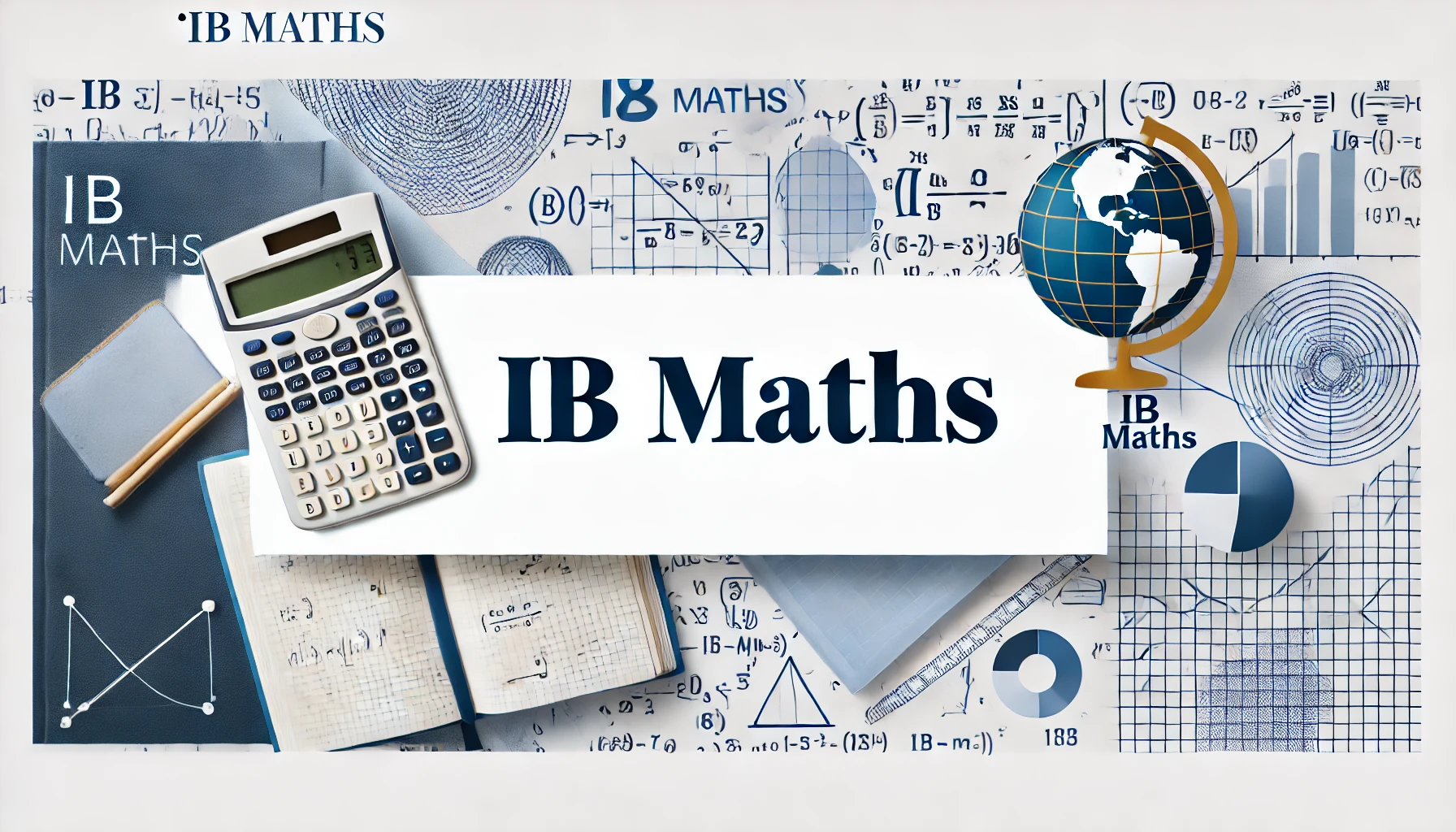

Succeeding in IB Economics requires more than just a thorough understanding of economic theories and concepts. Your ability to respond effectively to questions using the correct approach is key. Command terms play a pivotal role, as they specify exactly what examiners expect in your answers, from calculations to detailed analyses.
What Are Command Terms?
Command terms are the instructional words or phrases used in IB Economics questions, guiding students on how to structure and present their answers. These range from straightforward tasks like "state" or "identify" to more complex actions such as "explain" or "evaluate."
Each command term has a specific meaning, and examiners expect students to respond accordingly. For example:
- "Calculate" requires you to show all steps leading to the final answer.
- "Describe" calls for a clear explanation of an economic concept, model, or scenario.
With exams typically contributing to around 80% of the overall marks in most IB subjects, mastering command terms is essential to maximise your results.
💡Check out our blog for a full breakdown of how the IB is graded!
IB Economics Command Terms
Why Are Command Terms Important?
- Clarity in Expectations:
- Command terms clearly define what the question is asking for. Misunderstanding or ignoring them can lead to incomplete or incorrect answers, even if you understand the economic concepts.
- Efficient Time Management:
- Identifying the command term early allows you to focus your response appropriately, saving time and avoiding unnecessary details or explanations.
- Maximising Marks:
- IB examiners assess responses based on how accurately they address the specific requirements of the question. Responding effectively to command terms ensures you meet all necessary criteria to secure full marks.
Study and Exam Tips for IB Economics
Mastering command terms is just one step toward success in IB Economics. Incorporate these strategies into your study routine to ensure you’re fully prepared:
1. Practise Past Papers
Familiarise yourself with how command terms are applied in real IB Economics exams by working through past papers. Pay close attention to how questions are structured and study the mark schemes to understand the level of depth required.
After speaking to over 500 IB tutors, one consistent piece of advice was highlighted: the best way to prepare for IB exams is by practising past papers.
2. Build a Command Term Glossary
Create a list of all command terms and their definitions. Use flashcards or a central document to review them regularly. This will help you become familiar with the specific expectations of each term.
3. Analyse Mark Schemes
Study how marks are allocated for different types of questions. This will help you understand the depth of explanation, evaluation, or diagram work required to fully meet the demands of each command term.
4. Use Accurate Diagrams
For command terms like "illustrate" or "explain," ensure your diagrams are clearly labelled and directly support your written response. Quality diagrams can often enhance the clarity of your answers.
5. Practise Under Timed Conditions
Simulate exam settings by timing your practice sessions. This will train you to quickly identify command terms and craft responses that meet their requirements, improving both speed and accuracy during the exam.
6. Seek Constructive Feedback
Have your teacher or tutor review your practice answers and provide detailed feedback. This will help you refine your approach and ensure your responses align with the expectations of command terms.
Conclusion
Mastering command terms is a vital component of success in IB Economics. These terms serve as a guide, directing your responses and helping you meet the expectations of IB examiners. However, achieving top marks requires more than understanding command terms—consistent practice, a strong grasp of economic theories, and strategic preparation are also essential.
With dedication and the right strategies, you’ll be well-prepared to excel in IB Economics and achieve your academic goals.






